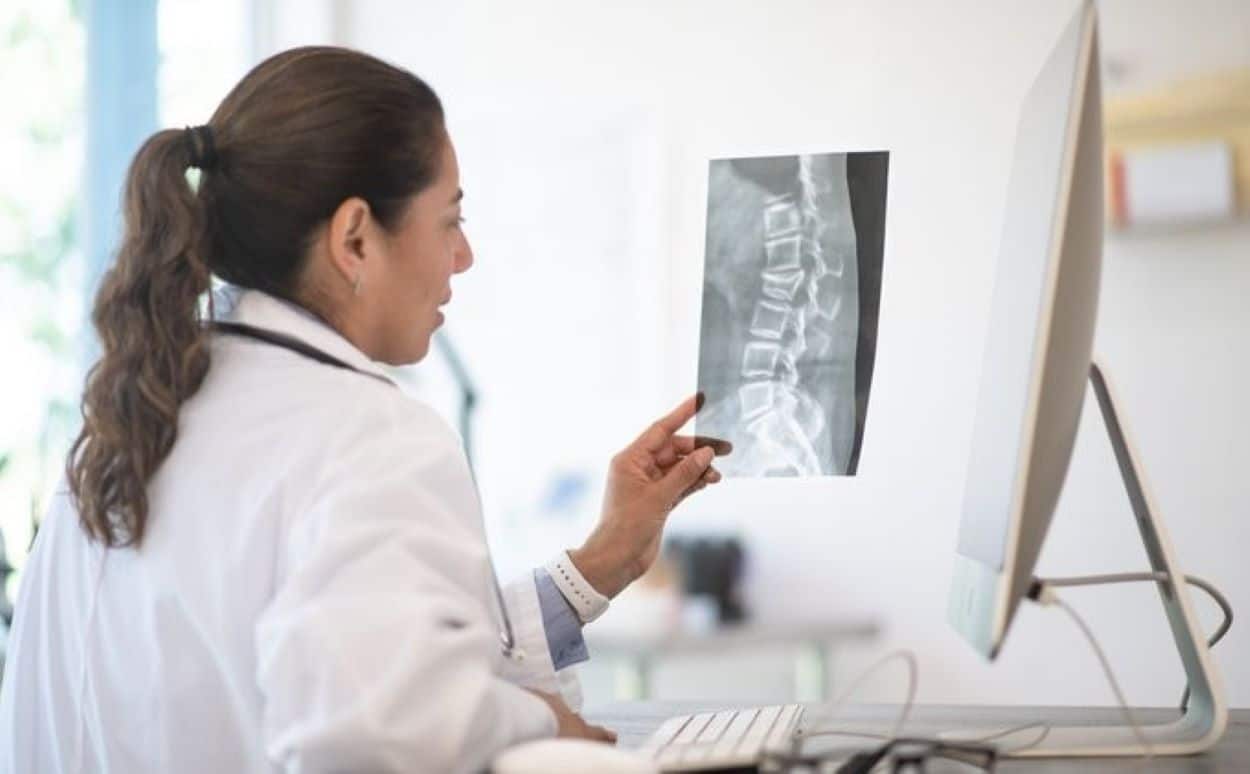According to the National Institute for Health and Care Excellence (NICE), artificial intelligence (AI) can significantly decrease the number of missed fractures in X-ray images, endorsing AI as a supportive tool for NHS clinicians.
This innovation seeks to alleviate the strain on the overstretched radiology workforce while enhancing diagnostic accuracy.
NICE’s studies show that AI can improve fracture detection in urgent care that might be missed due to high clinical demands.
The agency has approved four AI tools for trials throughout England, with healthcare professionals overseeing each AI-assisted diagnosis. NICE believes this collaborative method will quicken assessments without compromising patient care.
The integration of AI comes as NHS emergency departments experience a radiology staff shortage. With vacancy rates at 12.5% for radiologists and 15% for radiographers, this shortage contributes to heavier workloads and increases the likelihood of diagnostic errors.
NICE’s health technology director, Mark Chapman, stated that these AI tools could boost diagnostic accuracy and reduce the number of follow-up visits for initially missed fractures.
NICE emphasizes that AI is intended to complement, not replace, human expertise to minimize diagnostic mistakes. The potential of AI in healthcare extends to areas like early cancer detection, heart attack risk assessment, and pandemic forecasting.
NICE is currently soliciting public feedback on its AI-assisted fracture detection guidelines, with the consultation period ending on November 5. This process aims to ensure that the deployment of such technology balances its benefits with patient safety considerations.






